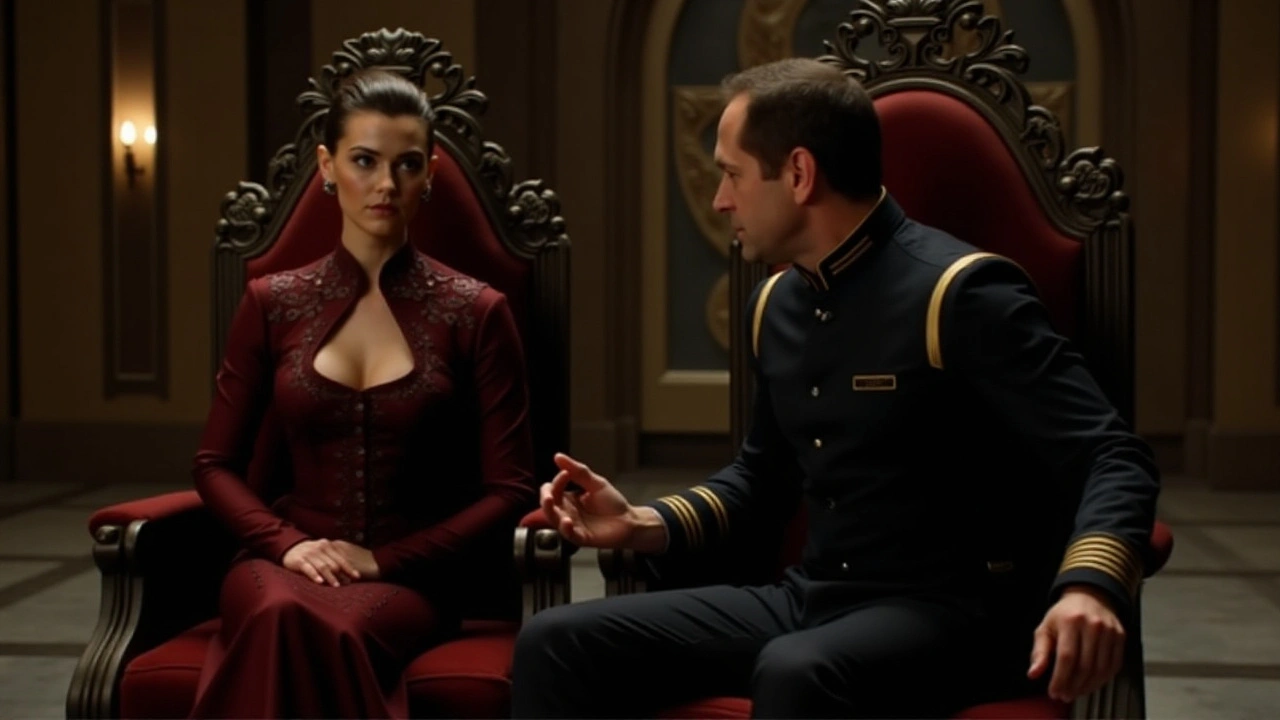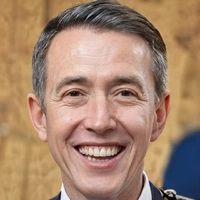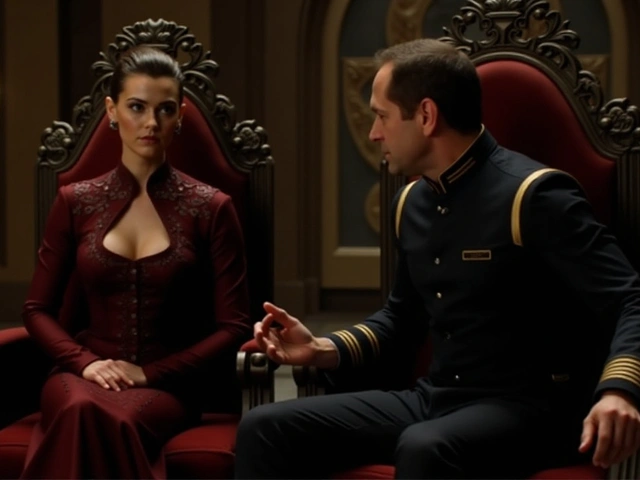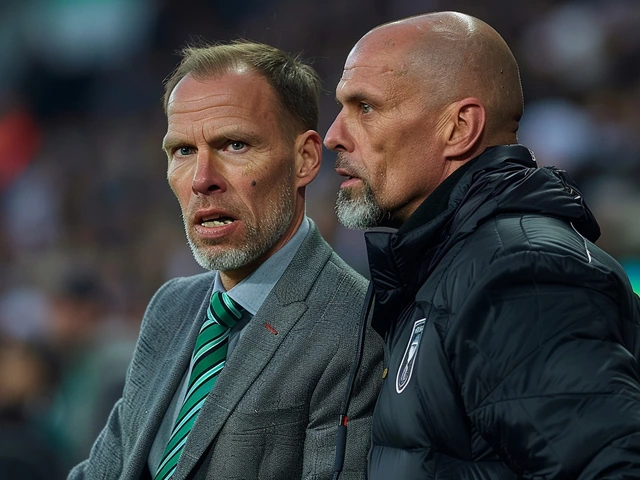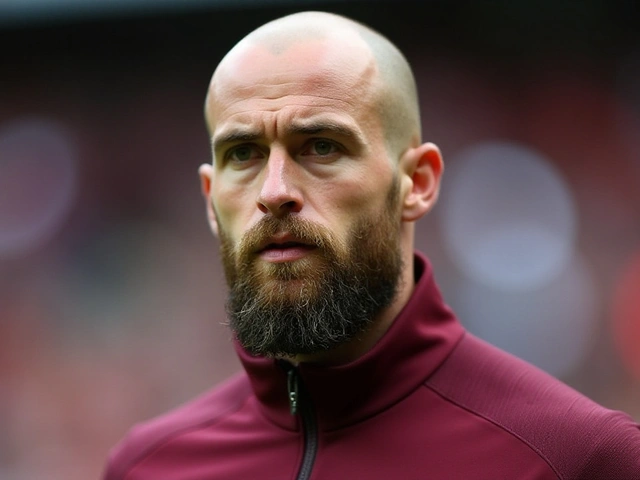Exploring 'Dune: Prophecy': A Prequel Series Ambitious Yet Flawed
An Ambitious Leap into Sci-Fi Heritage
In the world of science fiction, few names resonate as deeply as Frank Herbert’s iconic 'Dune' saga. The latest offering from HBO, 'Dune: Prophecy', seeks to delve into this rich universe by traveling back in time, approximately 10,000 years before the events depicted in Denis Villeneuve’s film adaptations. This prequel series, inspired by 'Sisterhood of Dune' by Brian Herbert and Kevin J. Anderson, explores the origins of the Bene Gesserit, a mystifying sisterhood pivotal to the 'Dune' narrative.
A Cast of Characters Steeped in Intrigue
At the heart of 'Dune: Prophecy' are the Harkonnen sisters, portrayed by Emily Watson as Valya and Olivia Williams as Tula. Their interactions and dynamics are central to understanding the social and political fabric of this distant speculative past. They are accompanied by Mark Strong’s Emperor Corrino, whose imperatives for peace are fueled by a desire to consolidate power and maintain dynastic control across the galaxy. Other notable characters include Josh Heuston as Constantine Corrino, the emperor's unanticipated son, and Sarah-Sofie Boussnina, who brings to life Princess Ynez. The narrative weaves in and out of interpersonal and political complexities, showcasing the creation of future societal norms and power structures.
The Allure of the Bene Gesserit
'Dune: Prophecy' seeks to unmask the mysterious Bene Gesserit, a group known for their manipulation of political landscapes through physically and mentally trained female agents. This sisterhood is an entity unto itself, keen on weaving the strings of fate through strategic marriages and genetic planning, shifting the tides towards what they deem will produce malleable leaders. This exploration into their origin, leadership rituals, and secretive strategies adds depth to the pre-Dune universe, painting a broader picture of its intricate logic and social hierarchies.
Innovation Meets Familiar Landscapes
One aspect where 'Dune: Prophecy' strives to innovate is through its visual representation, albeit with mixed results. The unique use of vape-cum-gas masks designed for spice inhalation introduces a fresh aesthetic touch to the series. However, the production somewhat falters with its drab settings and uninspired fight choreography that, while serving the narrative’s purpose, feels detached from the grandeur expected of a 'Dune'-inspired universe. The nuances and expectations ingrained in fans of the series may find these creative choices lacking in vigour when compared to the sophisticated visuals and intense dynamics of 'House of the Dragon' or Villeneuve's cinematic offerings.
Balancing Expectations and Fresh Narratives
A fundamental challenge for 'Dune: Prophecy' lies in framing its narrative without overly leaning on the established lore of the contemporary 'Dune' films. Here, the series occasionally missteps, heightening comparison to its celebrated peers. The series looks to explore vast and ambitious themes; still, it is criticized for using the films' style as a crutch rather than a complementary framework, leading to potential underestimation of its audience's interpretive abilities. The necessity here lies in respecting viewers' intellect, encouraging them to make connections while offering a standalone story rich enough to engage newcomers.
An Experiment in Entertainment
The critique ultimately suggests that while 'Dune: Prophecy' is adorned with moments of creativity and thoughtful engagement, it suffers under the weight of high expectations and the shadow of its successful counterparts. The series lacks a certain vivacity—essential in making a narrative of this scale and complexity enjoyable. It is not without merit, nor does it entirely fail, yet it stretches its premise without convincingly achieving the compelling, edge-of-the-seat intrigue that fans of the 'Dune' universe are likely searching for.
Reflections on Failure and Potential
In its reflection, 'Dune: Prophecy' poses a vital perspective on the art of storytelling at the intersection of fantasy and reality, nestled in the cradle of classic sci-fi. While the show endeavors to capture the sweeping historical and political arcs that define its prequel status, there remains a sense of untapped potential. For followers of 'Dune', the series is both a look back at a fabled lineage and a lens for speculative what-ifs—a promise of deeper lore exploration that may yet unfold in future episodes. As it stands, 'Dune: Prophecy', with its wealth of stories to tell and a galaxy of possibilities to explore, represents both an earnest beginning and a cautious reminder of the need for innovation that honors its visionary predecessors.
